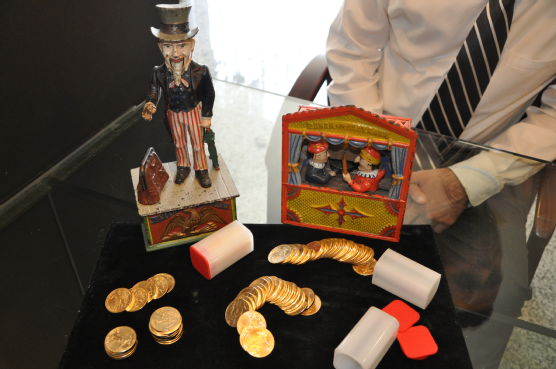
The price of shares of stock in a company is directly related to how much profit that company is making and investors’ behavior on the market each day. If a company goes out of business, all the stock that shareholders own becomes worthless. Many people today are investing in gold and other precious metals because, as tangible assets, their value can never drop to zero. The price of gold does fluctuate, however, based on the following factors:
Central Bank Reserves
Central banks that are responsible for the finances of one or more nations purchase paper currency and gold to store in their reserve vaults. As the value of the euro and the dollar fluctuate, central banks can sometimes seek to diversify their assets, and begin purchasing gold bullion without selling any. When this happens, the price of gold is driven up as demand increases at a greater rate than supply.
Value of the Dollar
The value of gold is often inversely related to the value of the U.S. dollar. When dollars are strong and stable, investors around the world want to purchase them, and the demand for gold and other precious metals decreases, driving down the price. When the dollar is weak, however, investors are more likely to purchase gold, which in turn drives the price up.
Jewelry Demand
A little over half of gold demand is generated by the jewelry industry. In countries such as China and India, high-purity 22 and 24 karat gold jewelry has social and cultural value, and since these countries are developing and their economies are growing, this affects the demand for gold jewelry. During a downturn, however, when fewer people are buying gold jewelry, the price can be driven down.
Despite its volatility, gold is still an attractive investment because of its concrete, tangible nature. Call California Numismatic Investments today at (800) 225-7531 or visit us online if you are interested in investing in gold, platinum, or silver bullion.




